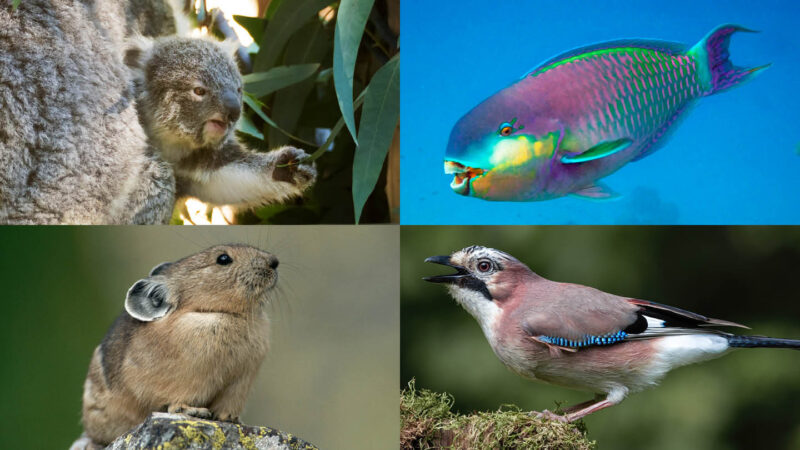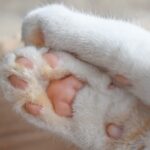For people, the idea of eating poop might be gag-inducing. But for many animals, poo is perfectly normal to have on the menu.
The stinky stuff is not just an end product after food gets eaten, digested and discarded by animal guts. Poop can also be nutritious and useful to eat (again). Researchers pointed this out in the December issue of Animal Behaviour.
The team counted up the vertebrate animals (those with backbones) that scientists have caught eating poop. The tally totaled more than 150 poop-consuming species. Feces eaters ranged from adult black bears to baby koalas.
“I had no idea how many baby animals ate their mom’s poop to get microbes to help populate the gut,” says Elaine J. Power. She’s a retired evolutionary biologist in Eugene, Ore., who led the research.
Young animals that eat their mom’s feces include koalas, desert tortoises and ostriches. And that’s just one reason why a species might recycle previously eaten meals. The act of eating poop is generally known as coprophagy.
“Poop is a wonderful [food] source if you don’t care about being infected by diseases and parasites,” Power says. In fact, some species can’t live without it. Pikas may make it through harsh winters by chowing down on yak poop. And cavefish, which can’t leave their caves to forage for food, depend heavily on the poop of bats that can.
“Rats are fun, if you happen to have a particular sense of humor,” Power says. They eat up to 40 percent of their own poop. “If you stop them from doing it, they get vitamin B12 deficiencies,” she says. “They get sick.” It’s something that scientists who keep rats in their labs have to watch out for.
For rabbits and other small plant-eating animals, poop-eating can help with digestion. Plant-eaters like cows have stomachs with extra compartments. By the time the cow’s meal reaches the part of its intestines that absorb nutrients, big, tough molecules have become tidbits in easy-to-absorb slosh. But rabbits and many other small creatures don’t have that multi-step digestive setup. So for them, eating food that’s been through a gut once — aka poop — helps them get hard-to-extract nutrition.
Poop-eating takes a special form in some of these non-cows. A bit of intestine called the caecum catches some of the waste as softer, fine-grained masses that an animal, as Power puts it, then “can lick off its [own] anus.” Power and her colleagues found one study with a portrait of a capybara reaching around to do this. Twisting into a yoga-like pose allowed the animal to eat the soft gooey stuff.
Eating poop can also show up as part of parenting. Take a type of bird called a swift. While tending frail new hatchlings, a parent swift will, on occasion, gulp down a saclike dropping. Is it cleaning up? Quenching a thirst? It’s hard to tell for birds on a nest. But mama black bears do something similar when stuck alone in a den with a cub too young to go out foraging. Power suspects they eat poo for both sanitation and thirst reasons.
Power and her colleagues’ study didn’t cover human coprophagy. But Sachi Sri Kantha has done research on this. Sri Kantha is a retired biochemist and historian in Tokyo, Japan. Some traditional medicines include fecal elements and could be swallowed. Western medicine now uses fecal microbes in gut-related therapies. But they’re inserted through a person’s backside, instead of being eaten.




